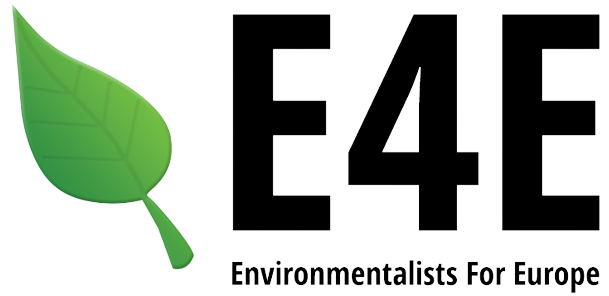What is critical discourse analysis in literature?
What is critical discourse analysis in literature?
Critical Discourse Analysis (CDA) deals with the idea that language is more than a simple means of communication and tries to analyze language as a social behavior to see how social/political power can be conveyed through language.
Is discourse analysis a literature review?
In the context of literature review, discourse analysis involves examining how sources are made meaningful through these processes and the role they play in the formation of social reality via meaning making.
What is critical discourse analysis in research?
Critical discourse analysis (CDA) is a qualitative analytical approach for critically describing, interpreting, and explaining the ways in which discourses construct, maintain, and legitimize social inequalities.
How do you write a critical analysis of a discourse?
It is also called critical discourse analysis….How to conduct discourse analysis
- Step 1: Define the research question and select the content of analysis.
- Step 2: Gather information and theory on the context.
- Step 3: Analyze the content for themes and patterns.
- Step 4: Review your results and draw conclusions.
What are the main principles of critical discourse analysis?
As stated above, Fairclough & Wodak (1997) draw on the aforementioned criteria and set up eight basic principles or tenets of CDA as follows: (i) CDA addresses social problems; (ii) power relations are discursive; (iii) discourse constitutes society and culture; (iv) discourse does ideological work; (v) discourse is …
How is discourse analysis related to literature?
Discourse analysis, unlike formal sentence-level linguistics, is more robust in its analysis of literary texts since it provides insights into how sociocultural and historical factors influence, to a large extent, writers’ use of language.
What are the elements of critical discourse analysis?
What is the significance of critical discourse analysis?
Critical discourse analysis helps in the use of critical thinking to various societal circumstances and unraveling the underlying politics based on the social systems, beliefs and interpretations of the society. Indeed, analysts can apply CDA understanding any text, which is a social situation or problem.
What are the three analytical operations of a critical discourse analysis?
In his 1995 book Media Discourse, Fairclough puts forward a three-dimension framework for analysing intertextuality in media discourse. This is the analysis of ‘discourse representation’, generic analysis of discourse types, and an analysis of discourses in texts (Fairclough, 1995b).
What is a discourse in literature?
Discourse Definition Discourse (DISK-horse) is another word for written or spoken communication. The term is a broad one that has slightly different definitions depending on the discipline in which it is used; in literature, discourse refers to a presentation of thought through language.
What is the significance of discourse in literature?
Discourse is crucial to how readers understand the world the author is trying to create, but its function is much larger in scope than any one literary work. Discourse serves to inform and shape how the individual sees the world and how they form a baseline for responding to different concepts.
What is the difference between discourse analysis and critical discourse analysis?
The main difference that I can point to is that CDA deals with more issues, such as intertextuality, interdiscursivity, and socio-historical context of formation and interpretations of texts/discourses, while DA in general does not go into such aspects of a given text/discourse.
What is the main aim of critical discourse analysis?
The main aim of critical discourse analysis is to explore the links between language use and social practice. The focus is the role of discursive practices in the maintenance of the social order and in social change.
What are characteristics of critical discourse analysis?
Critical Discourse Analysis is an effort or parsing process to give an explanation of a text (social reality) and being reviewed by a person or a group of dominant tendency who has a specific purpose. Critical Discourse Analysis has some characteristics, those are historical, context, action, power, and ideology.
What are the main components of discourse analysis?
In discourse Analysis there are varieties types of approaches developed from various sources. These are analyzed under four main headings: rules and principles, contexts and cultures, functions and structures, and power and politics.
How to write up a discourse analysis?
Discourse analysis is a method that can be applied both to large volumes of material and to smaller samples, depending on the aims and timescale of your research. You want to study how a particular regime change from dictatorship to democracy has affected the public relations rhetoric of businesses in the country.
What are the examples of discourse analysis?
The purposes and effects of different types of language
What is the purpose of studying discourse analysis?
Start with a general problem area.
What are the different discourse analysis methods?
· Various methods and approaches are useful in critical discourse analysis. The methods include political, rhetorical, historical, interpretive policy, and discursive psychology methods. The political method follows the political discourse theory, which tackles essentialism in the society occasioned by Marxism’s economic determinism and class
